Gaza is one of the older cities in the world. The city is strategically situated between two continents, Asia and Africa. This geographical location made the city acquire a strategic and extraordinary military status. Consequently, the city had been a battle field for most of the ancient and recent empires, the Pharaonic, the Assyrian, the Persian, the Greek, the Roman, the Crusades, and during the First World War.
The Cana’nites established the original city and called it Gaza around the year 3000 BC. During the reign of the Pharaoh III, 1447-1501 BC., the Egyptians named the city Gazatwa which was related to the treasures said to be buried by Cambayses during the Persian rule. The city was described as the Kings Tunnel and the Gate between Africa and Asia by Napoleon Bonaparte.
Gaza has an important strategic location between the continents of Asia and Africa. This important location made Gaza a vital entrance to the most important trade and military route in the world. This route was known as “Via Mars - Sea Route” or “Horas Route”. This route connects Palestine with Egypt on one side, and the Arabian Peninsula and Southeast Asia on the other; it also connects all of these areas with Europe through the Mediterranean.
The Incense Road ended on the Mediterranean Sea. From here ships could carry the precious incense on to Greece or Rome. For many years Gaza was a busy port, at least during the time of year when the Incense Caravans arrived.
The city of Gaza is sheltered by sand dunes from the sea, which is not visible from the town. But a road leads down to the shore, where there is a landing stage. This is undoubtedly the site of the ancient port town of Gaza. Traces of ancient walls and pottery pieces can be found laying on the ground.
While most historians refer to Gaza as the end destination of the Incense Road, the Arab (Nabataean) settlement at Gaza was south of the port at a place called Jenysos. The Arabs are mentioned living at this place during the time of Cambyses’s campaigning. Ancient Gerar is known today as Jerar. (B.J.i.7,7 Antiquities xx.8.7 Zephaniah 2:5,6, 2 Chronicles 14:8-14, Antiquities xix 6,3)
Gaza as Pirate Port
The ancient historian Diodorus describes the Nabataeans as Arab nomads who led a life of brigandage and piracy in their early history. They had overrun a large part of the Middle East. He specifically mentions that some of them had penetrated to the Mediterranean coast where they indulged in piracy, profitably attacking the merchant ships of Ptolemaic Egypt By this it is presumed that they used the port of Gaza.
Achaemenid History
Herodotus tells how Cambyses, while on his way to invade Egypt (525 BC) approached a leader of the Arabs asking him for safe conduct and water supply. These Arabs were the ones that inhabited the area from Cadytis (Gaza) to the city of Ienysus (al-‘Arish). (Herodotus III 4-9). The Arabian leader then filled camel skins with water and loaded them on his camels. He drove them into the desert and waited for Cambyses army to arrive. It seems that this Arabian gesture was helpful in making the Persian king pledge a peaceful relationship with the Arabs.
As a result of this privileged situation, the Arabs were listed among the very few people on whom tribute was not laid. (Herodotus III 91). Instead they rendered gifts as a pledge of loyalty to the Persian king. The yearly gift brought by the Arabs amounted to a thousand talents (around 30 tons) weight of frankincense.
Tiglath Pileser II also managed to conquer his way to Gaza, where he installed Idi-bi’ili (Adbe’el) as his agent on the Egyptian boarder, and in so doing managed to cut the incense road. (Moscati, The Semites in Ancient History pg 123).
Battle of Gaza
After the death of Alexander the Great, Seleucus, one of Alexander’s leading generals, became governor of Babylonia (321 BC). In the prolonged power struggle between the former generals of Alexander for control of the disintegrating empire, Seleucus sided with Ptolemy I of Egypt against Antigonus I, Alexander’s successor on the Macedonian throne, who had forced Seleucus out of Babylonia. In 312 Seleucus defeated Demetrius at the Battle of Gaza using elephants and additional troops supplied by Ptolemy, and with a smaller force he went on to seize Babylonia, thereby founding the Seleucid kingdom.
At the battle of Gaza there was a unit of 50 javelineers, slingers and archers (of whom a third were bowmen) in each interval. The historian, Diodorus implies that this was the standard number of light armed men per elephant. Interestingly enough, the elephant’s main weak spot was the soles of its feet. At the siege of Megalopolis six years earlier, heavy wooden frames studded with iron spikes were laid in the path of the elephants. At the battle of Gaza spiked devices, possibly caltrops, connected by chains were also thrown in front of the elephants.
Alexander Jannaeus
Josephus tells us that the people of Gaza, who were attacked around 100 BC by the Hasmonean ruler Alexander Jannaeus, appealed for help to Aretas, leader of the Arabs. (Nabataeans) For some reasons Aretas did not respond in time, and Gaza was taken, a puzzling omission for many historians, for Gaza was a vital port in the Nabataean trading empire. (Although it would pass out of importance within eighty years). Aretas however, was active in other ways. He expanded Nabataean territory north to Damascus, thereby also controlling the Silk Road. He then returned to took Gaza, as Alexander Jannaeus had left the city undefended.
Decline
Gaza was the principle port city on the Mediterranean Sea that served the Incense Road until the Maritime Incense Route was established. At that time most of the incense trade was switched to Alexandria.
Bibliography
Abbot, N., Pre-Islamic Arab Queens, AJSL 58, 1941, 1-22
Gibson, Dan. The Nabataeans, Builders of Petra, Xlibris, PA, 2003
Glucker, Carol A., The City of Gaza in the Roman and Byzantine Periods, BAR International Series 325, Oxford, 1987
Graf, David F. Arabia During Achaemenid Times, in Achaemenid History IV: Centre and Periphery-Proceedings of the Groningen 1986 Achaemenid History Workshop, ed Heleen Sancisi-Weeerdenburg and Amelie Kuhrt, Leiden: Netherlands Insituut foor het Nabije Oosten, 1990
Meyer, Martin, A., History of the City of Gaza, from the earliest times to the present Day, Columbia University Oriental Studies, Vol. V. AMS Press Inc. New York, 1966
Moscati, The Semites in Ancient History, Univ of Wales Press, 1959


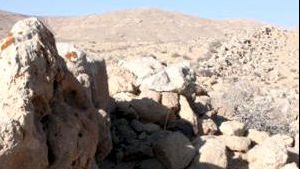

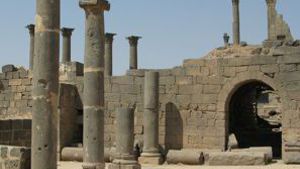
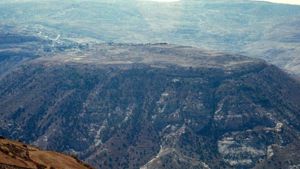

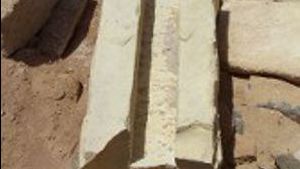

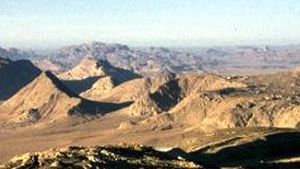
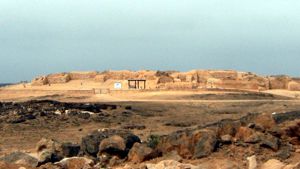

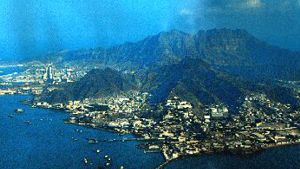
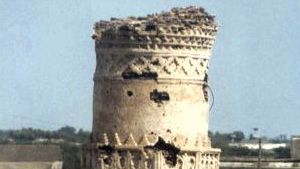
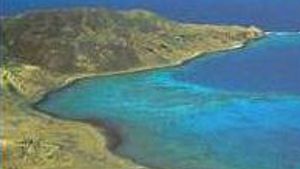
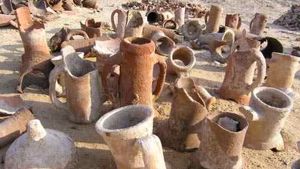

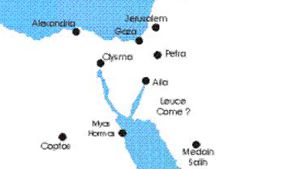

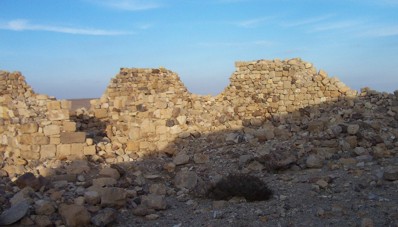
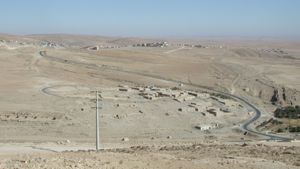



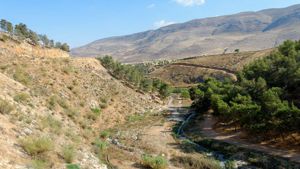


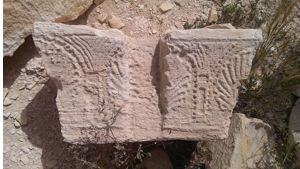


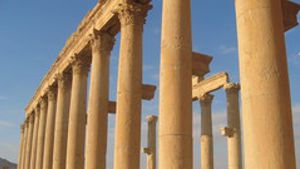


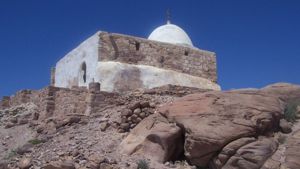
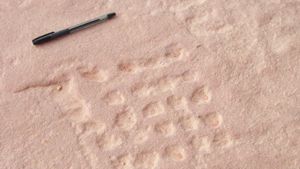

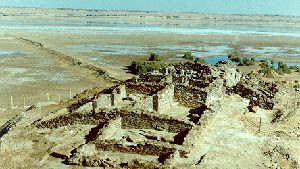
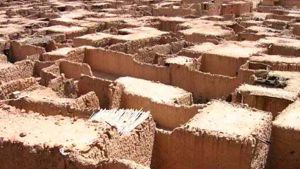
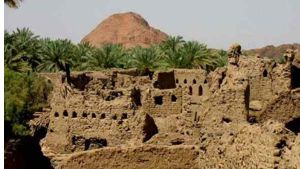
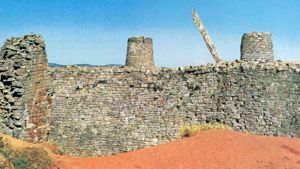
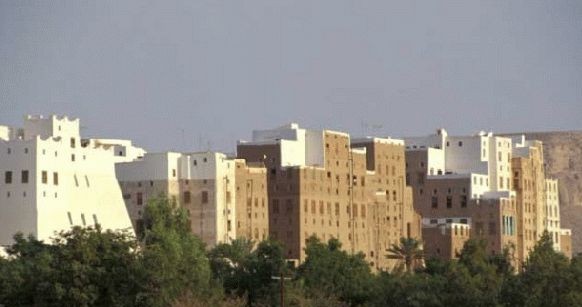
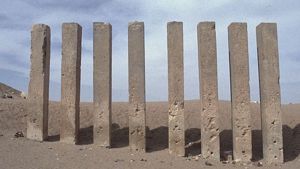
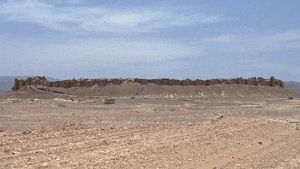
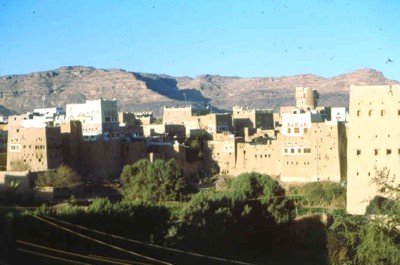
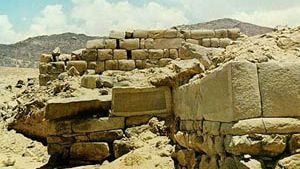


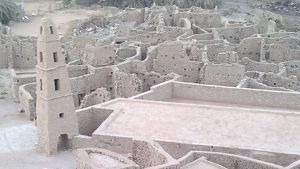
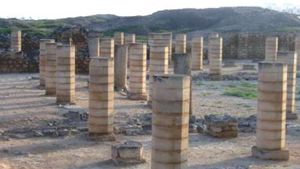
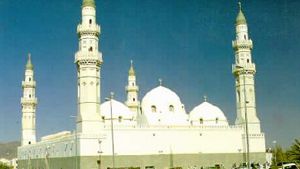




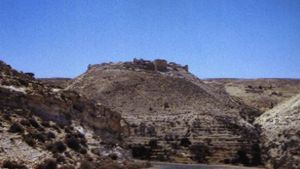
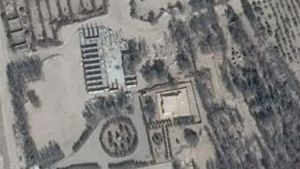
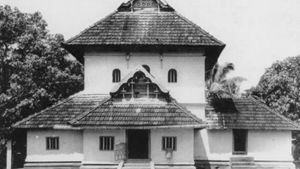
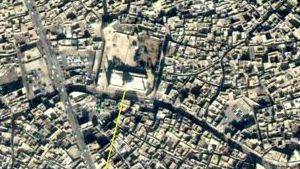
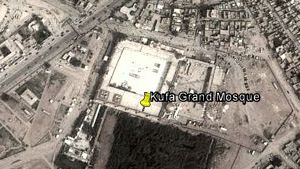
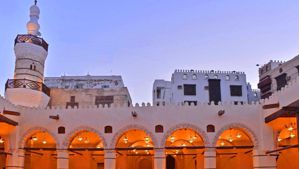
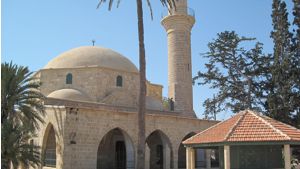
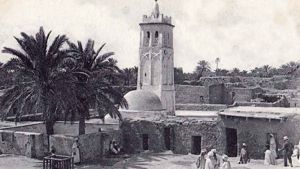
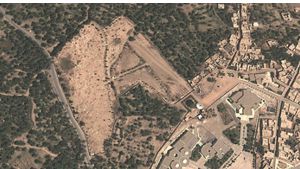


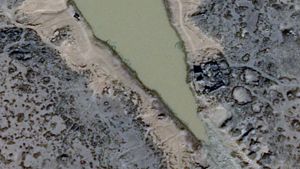
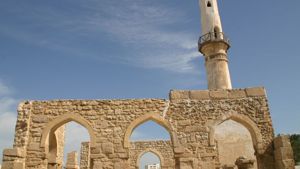
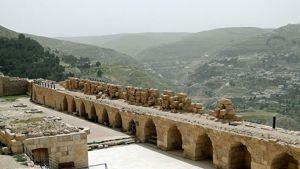
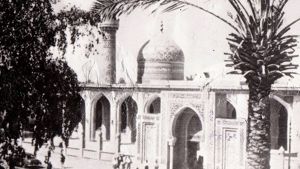

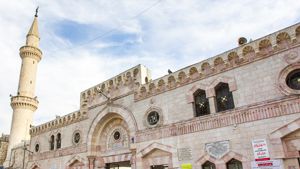

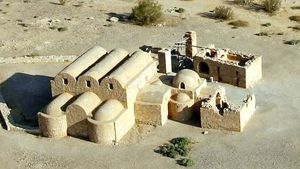
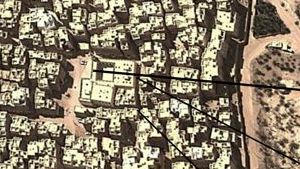
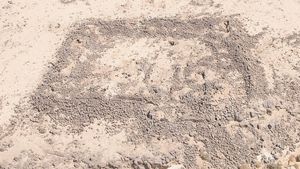
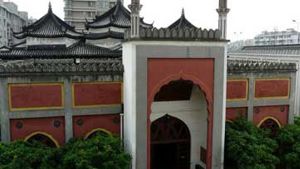
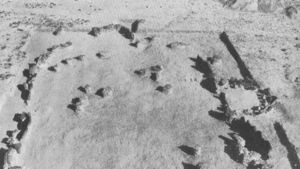



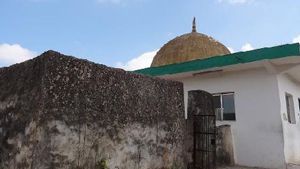
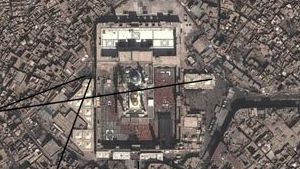
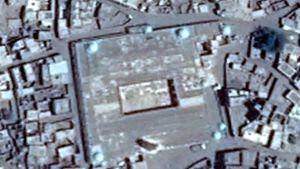
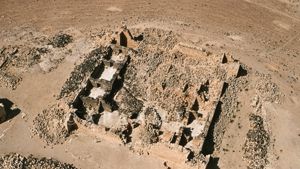




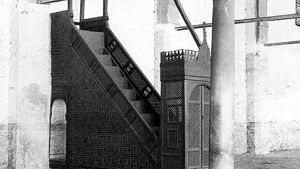
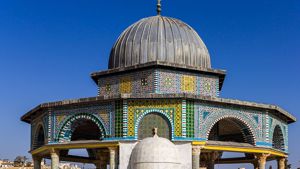
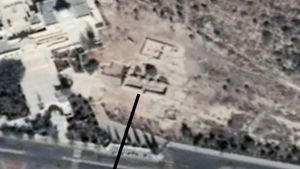
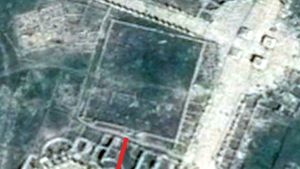
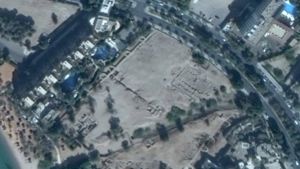

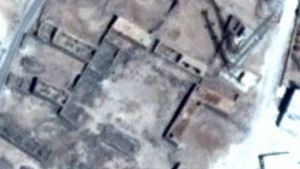
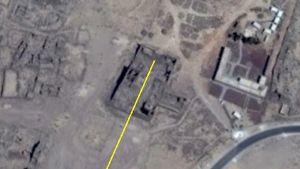
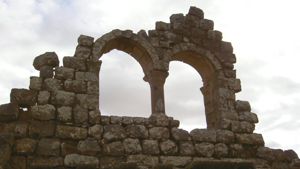
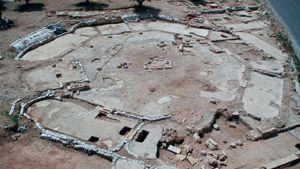
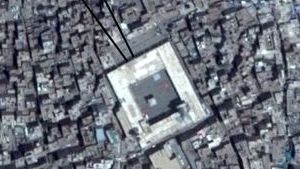
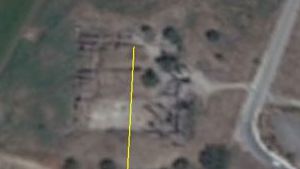
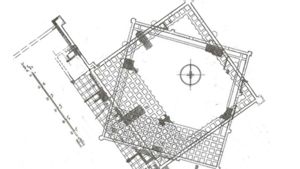
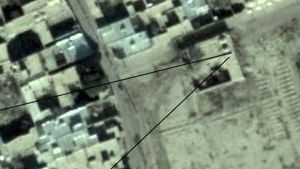
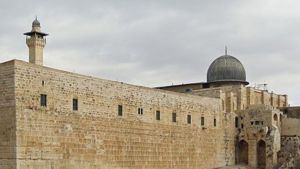
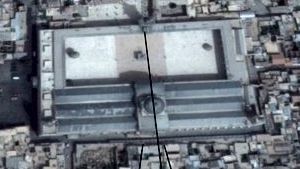
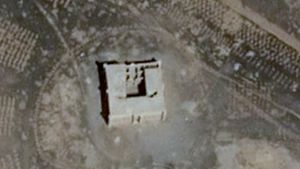
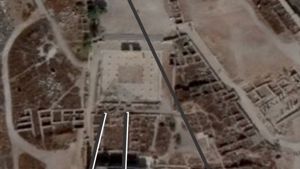
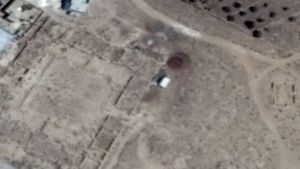
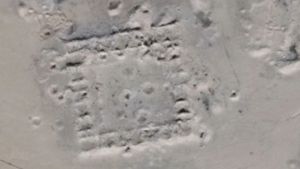

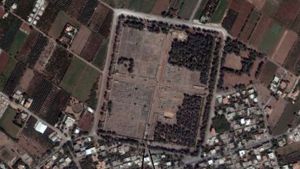
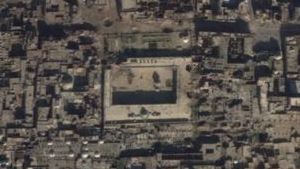
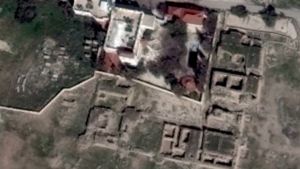
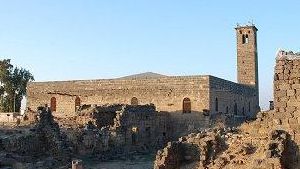
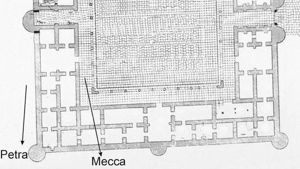
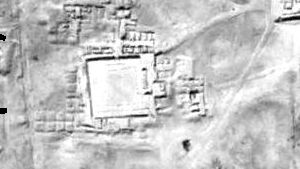


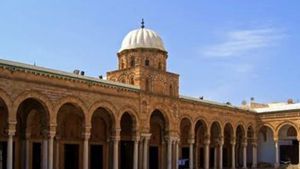
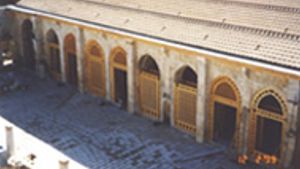
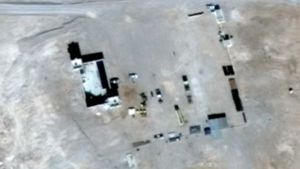
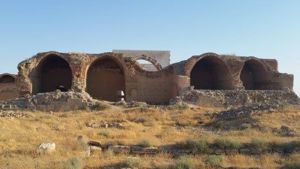

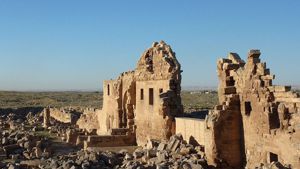
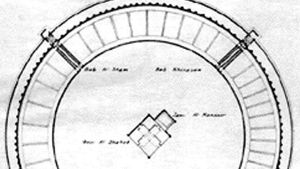
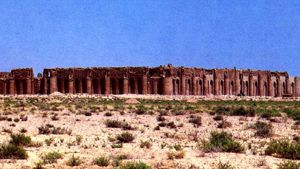
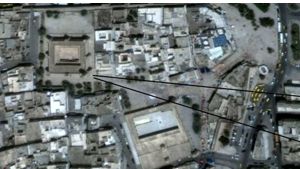

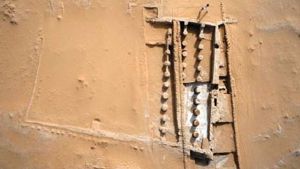
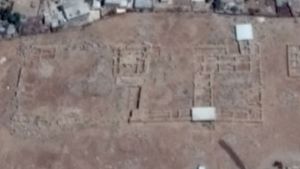
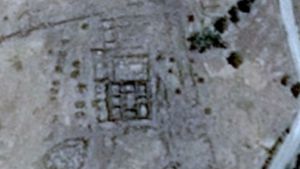
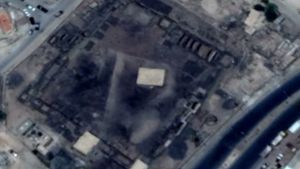

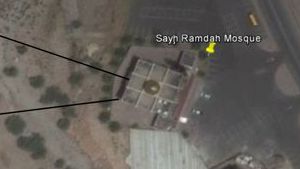

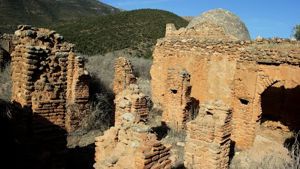
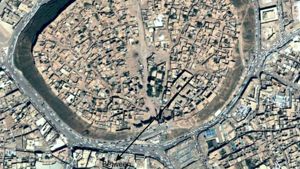
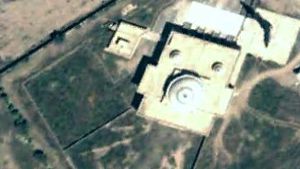
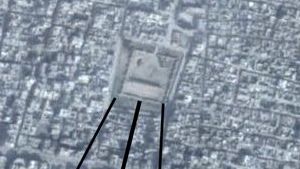

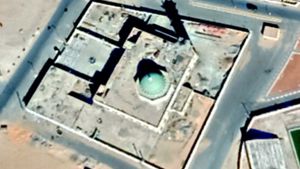

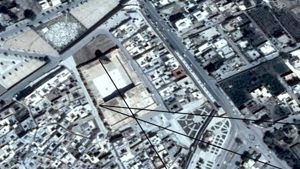
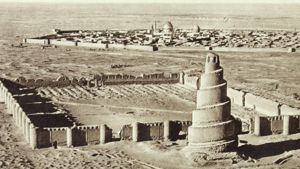

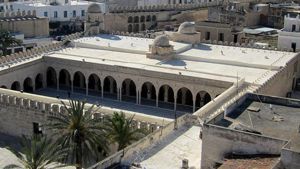
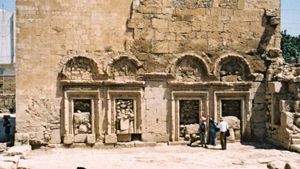
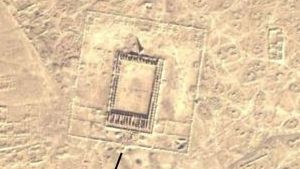

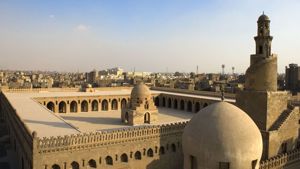

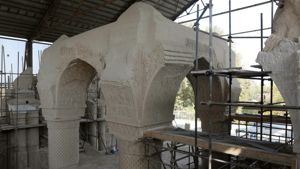

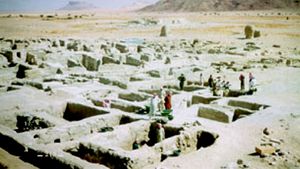
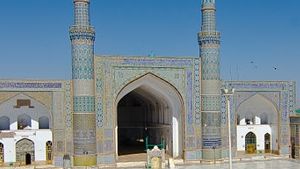

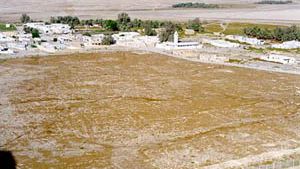
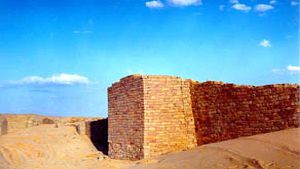
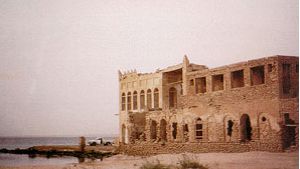
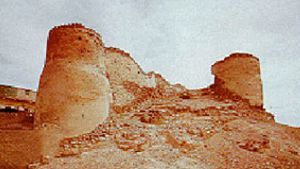
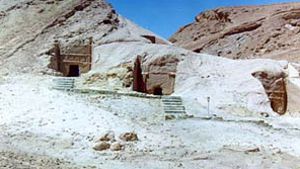
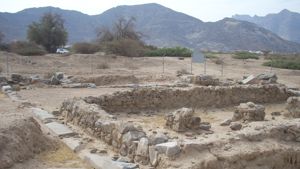
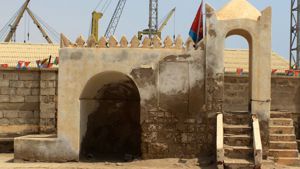
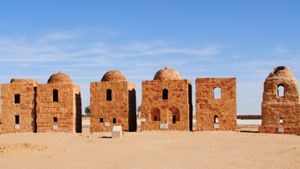
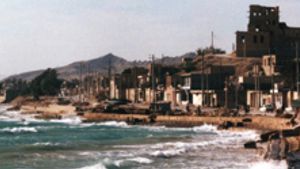
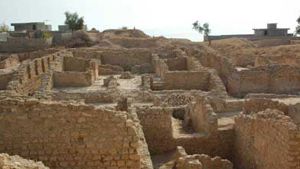
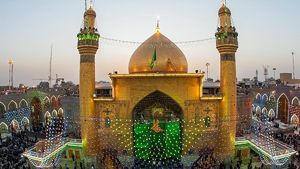

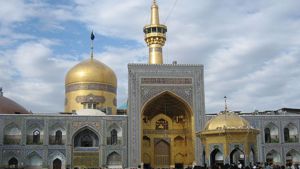
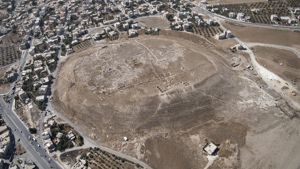
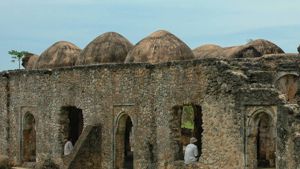
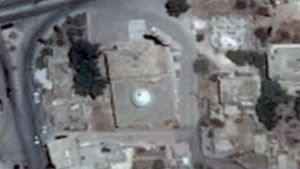
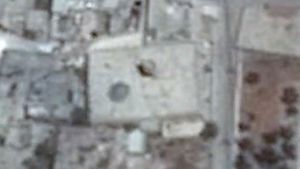

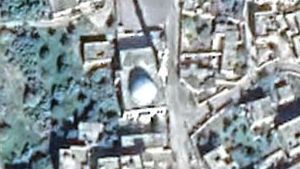
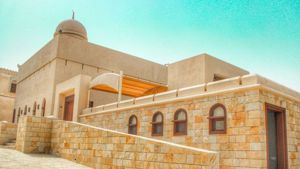
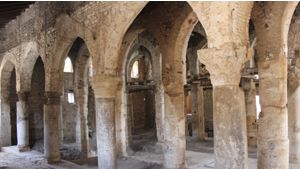


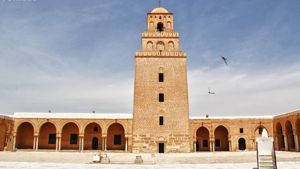
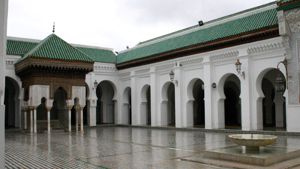

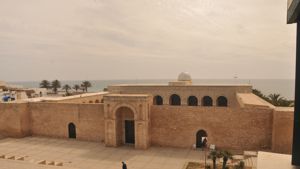

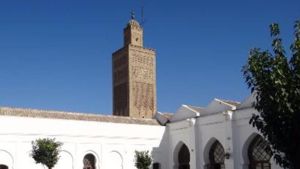
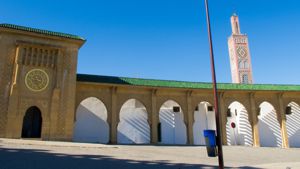
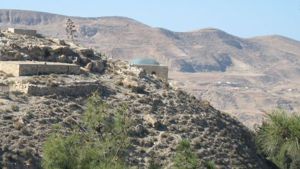
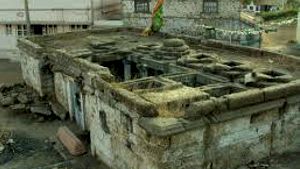
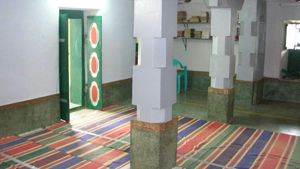
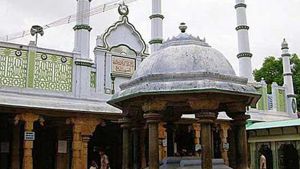
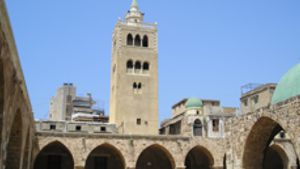
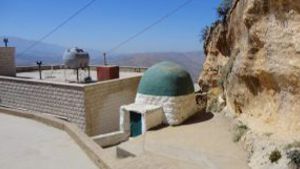
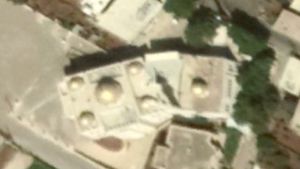
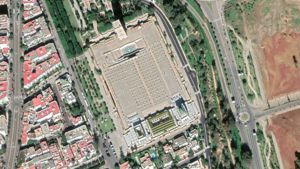

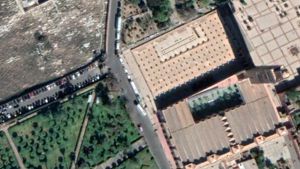
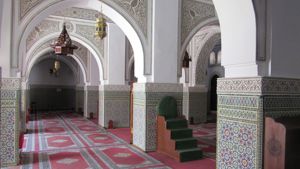
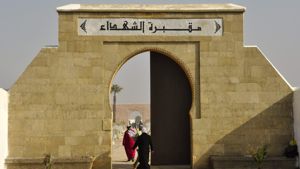
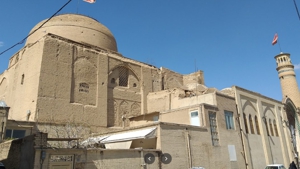
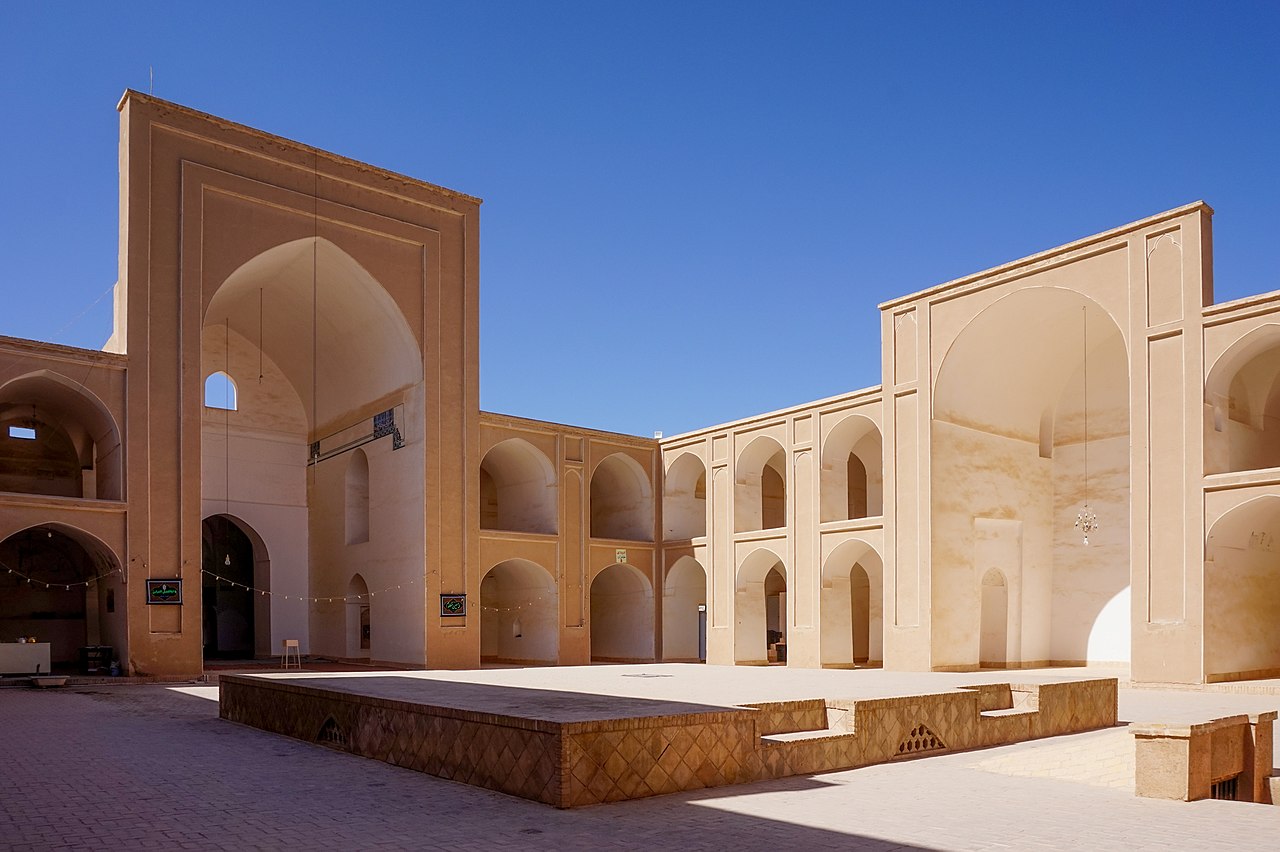

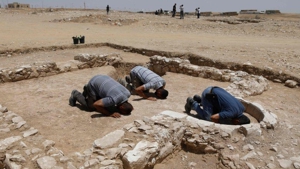
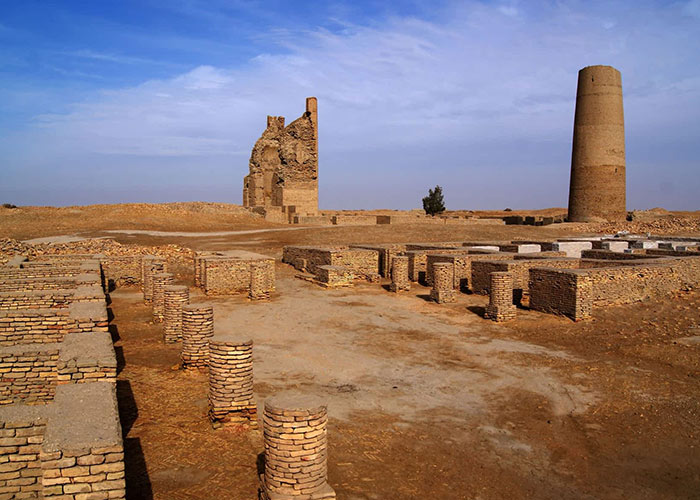
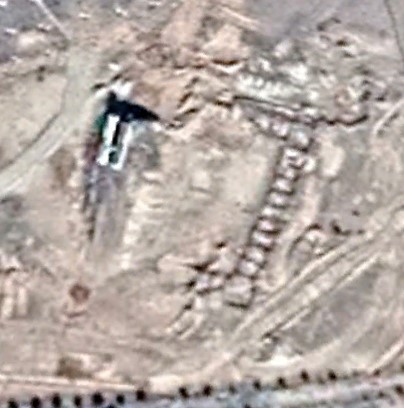

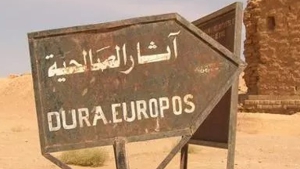
Page Discussion
Membership is required to comment. Membership is free of charge and available to everyone over the age of 16. Just click SignUp, or make a comment below. You will need a user name and a password. The system will automatically send a code to your email address. It should arrive in a few minutes. Enter the code, and you are finished.
Members who post adverts or use inappropriate language or make disrespectful comments will have their membership removed and be barred from the site. By becoming a member you agree to our Terms of Use and our Privacy, Cookies & Ad Policies. Remember that we will never, under any circumstances, sell or give your email address or private information to anyone unless required by law. Please keep your comments on topic. Thanks!